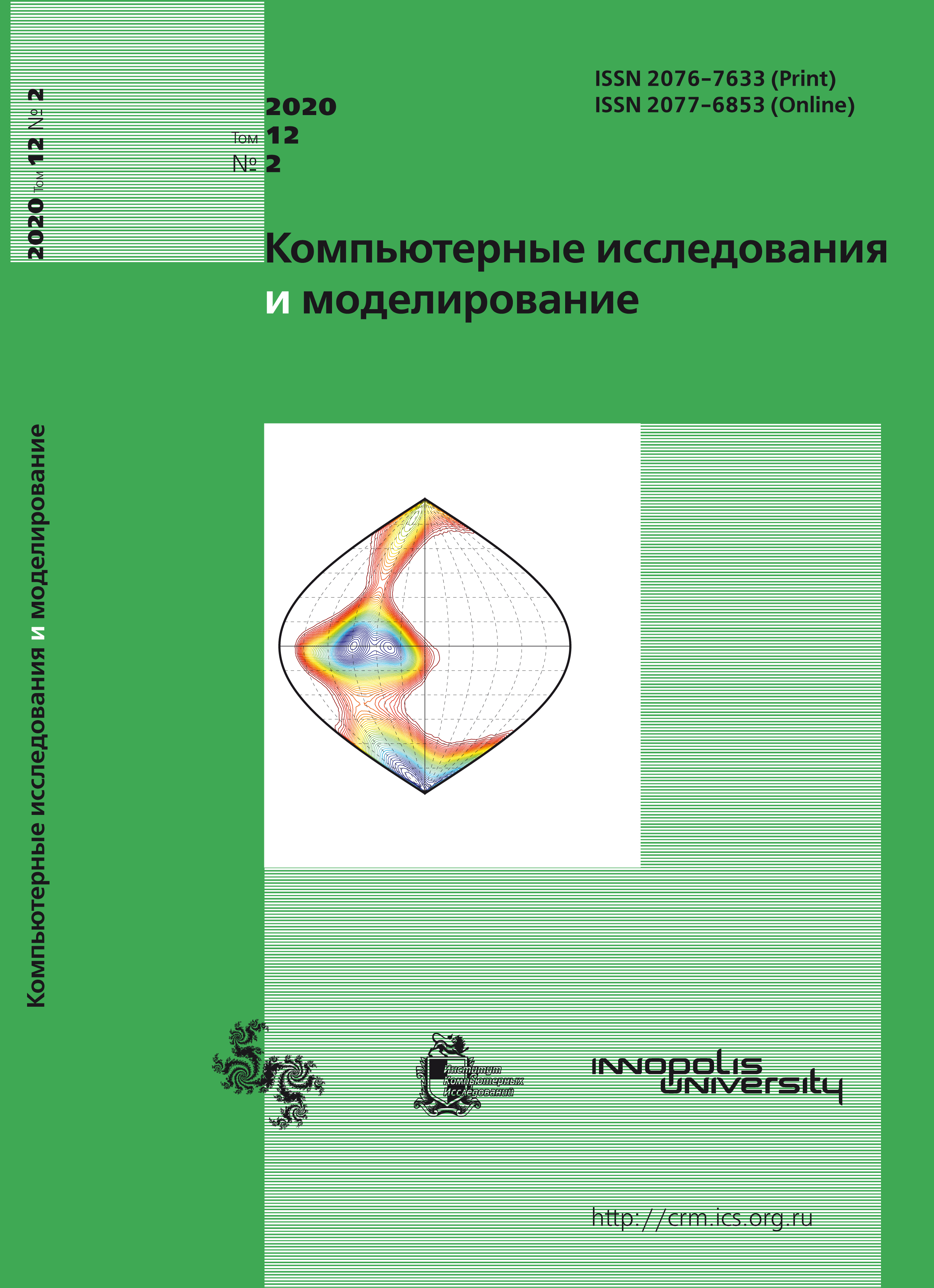All issues
- 2024 Vol. 16
- Issue 1 (special issue)
- 2023 Vol. 15
- 2022 Vol. 14
- 2021 Vol. 13
- 2020 Vol. 12
- 2019 Vol. 11
- 2018 Vol. 10
- 2017 Vol. 9
- 2016 Vol. 8
- 2015 Vol. 7
- 2014 Vol. 6
- 2013 Vol. 5
- 2012 Vol. 4
- 2011 Vol. 3
- 2010 Vol. 2
- 2009 Vol. 1
Simulation of pollution migration processes at municipal solid waste landfills
 pdf (1119K)
pdf (1119K)
The article reports the findings of an investigation into pollution migration processes at the municipal solid waste (MSW) landfill located in the water protection zone of Lake Seliger (Tver Region). The distribution of pollutants is investigated and migration parameters are determined in field and laboratory conditions at the landfill site. A mathematical model describing physical and chemical processes of substance migration in soil strata is constructed. Pollutant migration is found to be due to a variety of factors. The major ones, having a significant impact on the migration of MSW ingredients and taken into account mathematically, include convective transport, diffusion and sorption processes. A modified mathematical model differs from its conventional counterparts by considering a number of parameters reflecting the decrease in the concentration of ammonium and nitrate nitrogen ions in ground water (transpiration by plant roots, dilution with infiltration waters, etc.). An analytical solution to assess the pollutant spread from the landfill is presented. The mathematical model provides a set of simulation models helping to obtain a computational solution of specific problems, vertical and horizontal migration of substances in the underground flow. Numerical experiments, analytical solutions, as well as field and laboratory data was studied the dynamics of pollutant distribution in the object under study up to the lake. A long-term forecast for the spread of landfill pollution is made. Simulation experiments showed that some zones of clean groundwater interact with those of contaminated groundwater during the pollution migration from the landfill, each characterized by a different pollutant content. The data of a computational experiments and analytical calculations are consistent with the findings of field and laboratory investigations of the object and give grounds to recommend the proposed models for predicting pollution migration from a landfill. The analysis of the pollution migration simulation allows to substantiate the numerical estimates of the increase in $NH_4^+$ and $NO_3^-$ ion concentration with the landfill operation time. It is found that, after 100 years following the landfill opening, toxic filtrate components will fill the entire pore space from the landfill to the lake resulting in a significant deterioration of the ecosystem of Lake Seliger.
Indexed in Scopus
Full-text version of the journal is also available on the web site of the scientific electronic library eLIBRARY.RU
The journal is included in the Russian Science Citation Index
The journal is included in the RSCI
International Interdisciplinary Conference "Mathematics. Computing. Education"






